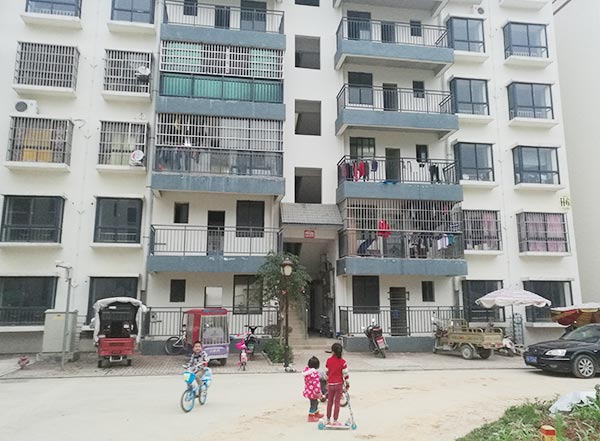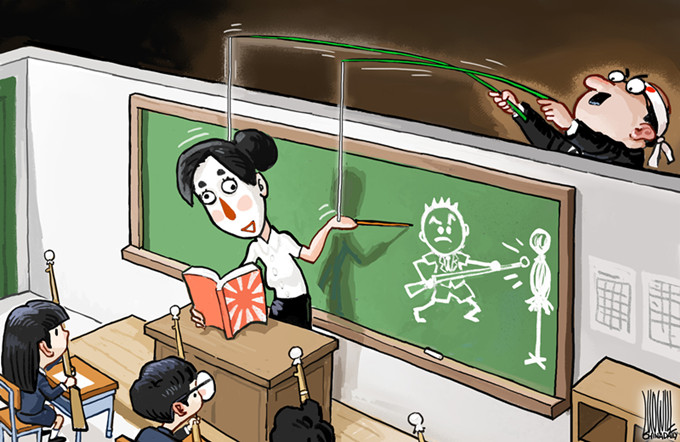Admitting what we don't know how to fix
 |
|
New apartments and workshops are being constructed in Dahua county, Guangxi, to help people relocating from remote rural areas. [Photo provided to China Daily] |
These are the areas where trillions of dollars are spent in well-meaning efforts by governments and donors each year. But agreeing that a problem exists is not the same as knowing how to fix it. When it comes to development spending and philanthropy, it is too easy for money to be wasted-and opportunities missed-because this important distinction is ignored.
We must, therefore, make some tough choices, including rolling back spending on some things that don't work, investigating potential alternatives, and prioritizing interventions and policies that achieve the most.
For a decade, the Copenhagen Consensus Center has conducted research into solutions to challenges at a national, regional and global level, which reveals areas where we often wrongly assume that we have all the answers.
Lifting educational quality is incredibly important, and a huge number of donors pour money into achieving this around the world. There have been giant strides getting more children into school-but quality is often still appalling. What happens while they are in the classroom is just as important. The United Nations estimates one-third of all children currently in school-some 250 million kids-are failing to learn basic reading, writing or mathematic.
There are other, often overlooked and indirect, ways to improve educational performance. Nutritional interventions may sound unrelated, but they ensure children receive the micronutrients they need and avoid worm infections, so they do better in school.
A long-running nutrition experiment in Guatemala that started in 1969 saw pre-school children in several villages given a nutritionally enhanced diet and compared with similar children in neighboring communities, who got a less nutritionally useful diet. Thirty-five years later, when they were mature adults, there were startling differences.
The well-nourished children who were not stunted by age three stayed in school longer and developed better cognitive skills as adults. They were more likely to be employed and earned higher wages; their better physical and mental development made them more suitable for both skilled manual and white-collar jobs.
Other important concerns difficult to tackle include child marriage: obvious responses like outlawing it or telling people not to practice it rarely work in reality. And since most programs to reduce child marriage have not been subjected to high-quality research, more research is needed.
However, indirect approaches can work. Getting more education to girls, improving opportunities for women to own businesses or inherit wealth are interventions that have helped. In southern Bangladesh, from 2008 to 2010, cooking oil was distributed to parents of girls between 15 and 17 years of age, conditional upon a monitor confirming the girls were still unmarried. Girls of recipient families were up to 30 percent less likely to marry before age 16. Each dollar spent achieved about $4 of social good.
Another huge concern, where we know less than we might think, is poverty. Unconditional and conditional cash transfers, which basically mean giving cash or other assistance to the poor, are popular.
But a new meta-analysis shows every dollar spent on these programs generates annual benefits worth just 28 cents. So far, we only have good evidence that these benefits last about three years, meaning the total benefit amounts to 84 cents for every dollar spent. This is a poor use of money. Even if we optimistically (and for now without evidence) assume that these benefits will continue unabated for 10 years, each dollar will generate less than $3 of good.
Again, an indirect approach is demonstratively more effective. Increasing trade opportunities definitely reduces poverty. Completing the Doha Development Round of global free-trade talks would reduce the number of people in poverty by an astonishing 145 million in 15 years, according to research commissioned by Copenhagen Consensus. The world would be $11 trillion richer each year by 2030, with $7 trillion going to developing countries-equivalent to an extra $1,000 for every person every year in these countries by 2030.
In development, just like in other areas of policy, we often tend to end up focusing on the most visible problems, forgetting that what we need are smart solutions. Areas like education and gender empowerment are far too important for us to accept that good intentions might be enough.
The author is director of the Copenhagen Consensus Center and a? visiting professor at Copenhagen Business School.





















